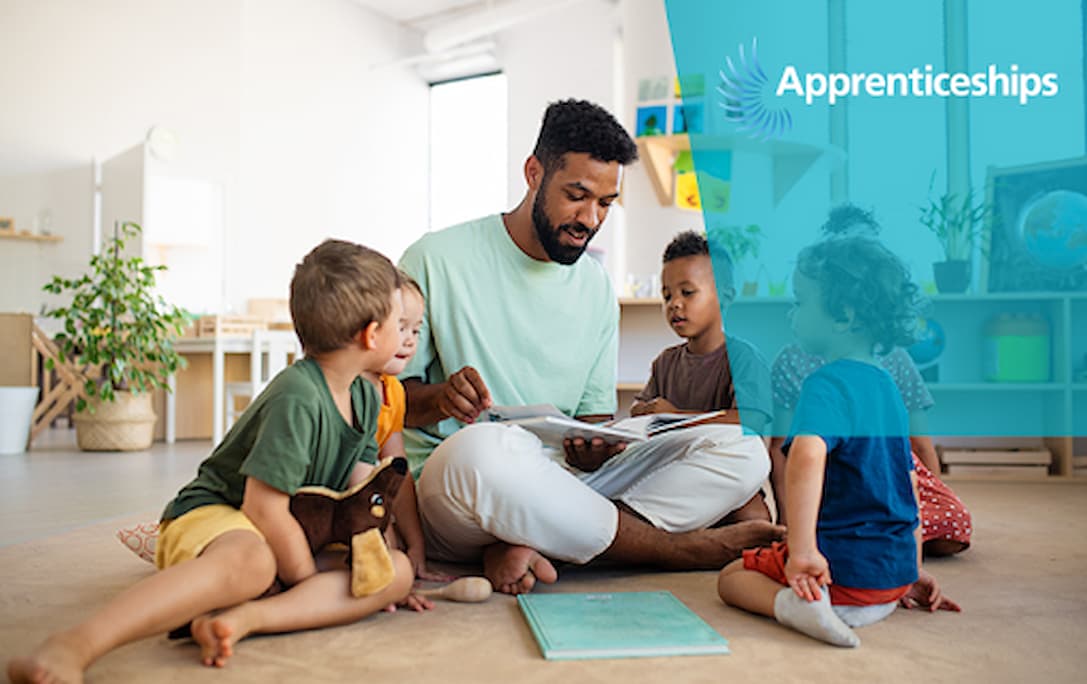Spend the majority of your time conversing in the language (linguistic) you wish to learn if you want to become proficient in it. The “second language learning” (SLL) field of study focuses on what is referred to as the “second language” (L2) or “target language” (TL) (the native language). The term “second language” is used in this context to describe any language the speaker has learned besides their native tongue.
Bilingual refers to a child’s ability to understand and use two languages simultaneously, unlike a child who acquires a second language later in life (when the parents speak two different languages). A “second language” is learned after one’s first language. The acquisition of a linguistic toolkit in a more casual sense may be referred to as “language acquisition” in the modern era.
Second language acquisition, often called sequential linguistic or philology acquirement, is learning a second language after becoming fluent in the first one. This usually happens when a young child joins a school for the first time and speaks a language other than English. Although it is simpler for children to acquire a second language, anyone may do it at any age. It takes a lot of practice.
Community or Literary Immersion in the Target Language:
If you want to become fully fluent in a language, you need to learn the culture of the people who speak that language. Being immersed in a country’s culture is essential to fully grasp it. The significant outlay of cash required to take a vacation is a significant barrier for most individuals. But any goal may be accomplished via diligent planning and thrifty expenditure.
Every civilization has produced its own master writers, so literacy is not a uniquely Western phenomenon. Reading literature published in the target language is vital for fluency. Having someone else read it to you improves the overall effect. You might also try your hand at passing other online literature tests. Learning rhythm via poetry also has far-reaching consequences. Naturally, poetic expression is more difficult to understand, so if you want to read more advanced poetry, you’ll need to work on your language abilities.
Idea generation and active participation in the target language:
If you can’t think in a foreign language, you haven’t mastered it. To avoid falling behind in your second-language studies, try to avoid falling back on mental translations from your native tongue. At first, it may be difficult to think only in your target language during practice, but this basic approach can help you progress: Learn to speak fluently by repeating the words and phrases you already know.
It may be helpful to consider how often you use simple phrases in conversation and then look for their counterparts in the language you’re learning. What do you take with you when you go grocery shopping? Where exactly do we meet? At the central station? Exactly where are you at this moment? So, where are you right now, exactly? You there? Say them often enough so they enter your mind without conscious effort as you go about your day.
Pay Attention and Explore New Ways of Expressing Yourself:
Having a well-educated mind and an articulate mouth go hand in hand. Preschool through fourth graders use language to make sense of their surroundings and develop a sense of identity. Students use language to draw parallels between new information and what they already know and think. They analyze data, make forecasts, weigh options, and agree on courses of action. Students’ development as learners depends on their ability to communicate clearly and effectively.
Their linguistic competence paves the way for their participation in learning communities inside and outside the classroom. Students hone these abilities in a context where they are exposed to the ideas and perspectives of others through many forms of communication, including oral, written, and visual forms of expression. Critical thinking and originality skills are developed through language-based learning activities such as reflection, speculation, invention, analysis, and synthesis.
While you read and write, have a conversation:
When learning a new language, writing practice should never be neglected. You’ll be required to do various tasks that will test your command of the language, such as writing essays, sending emails, and responding to comprehension inquiries. By this point, you’ve undoubtedly noticed that most grammar book lessons offer review and practice activities.
Reading aloud is a fantastic option for answering these parts automatically. When doing so, don’t be afraid to be silly by attempting to mimic an accent of a native speaker. The ideal situation is to use your newly acquired vocabulary and grammar knowledge in a conversation. Additionally, you’ll notice an improvement in self-confidence, a vital component of success.
The Overarching Purpose of Language Study and Acquisition:
The goal of teaching someone a new language is for them to be able to communicate once they have mastered the basics of reading, writing, speaking, and listening in that language. According to the current linguistic consensus, a learner should be immersed in the target language in a meaningful way so that they may take up the linguistic structure of the language via actual use. Active linguistic development begins at birth and continues throughout a person’s life.
Students acquire language skills as they communicate their thoughts and emotions, interact with others, make sense of their lives, and make sense of the world around them. They may already be fluent in many languages when they enroll in school or learn one there. It is essential to value and build upon each student’s native language. The more languages you know, the easier it will be to learn new ones.
The main aim of acquiring other Lingua:
Every teacher must encourage language growth. For instance, teachers in specific subject areas pass down the particular terms and formats of each field. However, language arts teachers are uniquely positioned since they focus on language, its forms, and its goals. They help students develop and practice comprehension, writing, and response abilities in various settings.
The active process of language acquisition begins at birth and continues throughout one’s whole life. Students acquire language skills as they communicate their thoughts, emotions, and experiences, form bonds with family and friends, and try to comprehend and organize their environment. Before starting school, individuals could be multilingual or learn a new language there. It is essential to respect and develop each student’s native language. Prior language expertise will help in learning new languages.
Conclusion:
Aspirants should push themselves to create and work toward short-term goals that are doable, such as reading an English book or engaging in conversation with native speakers. We must support children in setting and achieving their goals, no matter what. Multiple factors play a crucial part when seeking something new and dynamic. Your objectives will change if you desire to read or write in the language. Your language learning has to be planned around your goals. You won’t be successful if you don’t focus on the current task.






